In previous years we have reported many times how a number of fishing clubs had closed their stretches of river to help protect vulnerable stocks in the high temperatures and low-water conditions. This year, at a start of a new river fishing season, conditions in some areas look to be much the same.
But it’s not just rivers – the prolonged warm, dry weather can cause problems for the fish in lakes and drains, too, with low oxygen levels and algal blooms the main causes for concern. So, let’s look at which species are best able to cope, and which should be left well alone.
We can roughly divide fish into three categories, based upon their ability to cope with high water temperatures, although the reasons why some cope better than others are often species-specific...
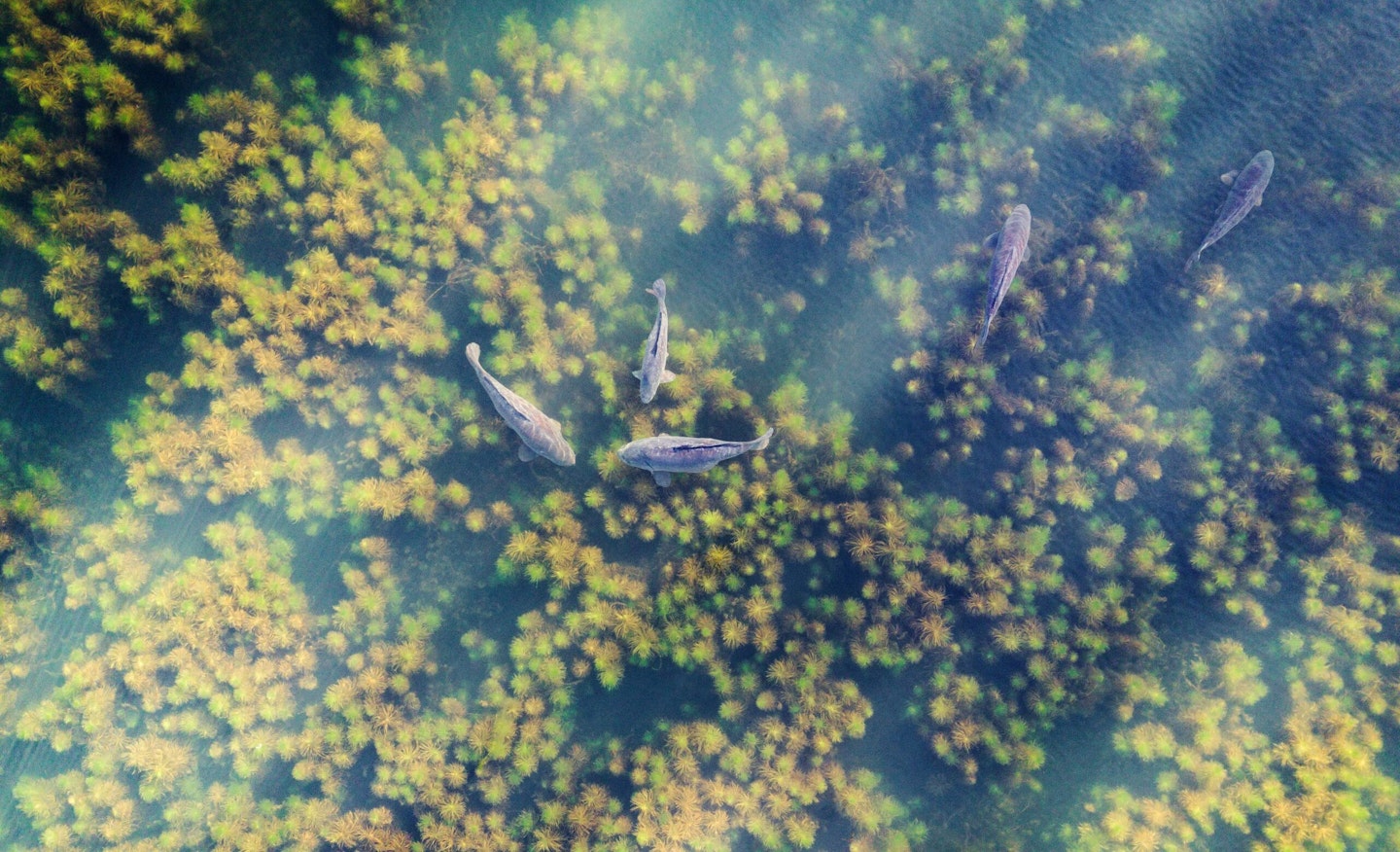
What are the dangers?
Just as humans struggle to breathe in hot, humid or what we call ‘close’ conditions, so a similar problem occurs for fish – in other words, it’s all about low oxygen levels or, in the case of fish, low ‘dissolved oxygen’.
Fish breathe by passing water through their mouths and over their gills, from where the dissolved oxygen travels to the blood cells. But as water temperature rises, the oxygen is decreased. If the temperature reaches critical levels, the fish can no longer breathe. This is exacerbated in mildly polluted waters because the fish are already under stress and so are less able to cope with high temperatures.
Other problems arise as a result of photosynthesis. Water plants produce oxygen during the day, but then use up the oxygen in the water during the night. So, in warm conditions, oxygen levels will be at their lowest at first light, when the air temperature may actually feel far cooler, meaning fish caught in the early morning – particularly from small weedy stillwater fisheries – are often at the highest risk.
Furthermore, the combination of low water levels and high temperatures can also make fish more susceptible to disease and parasite infestations, so we have to be extra careful when it comes to fish handling when fishing in warm temperatures.
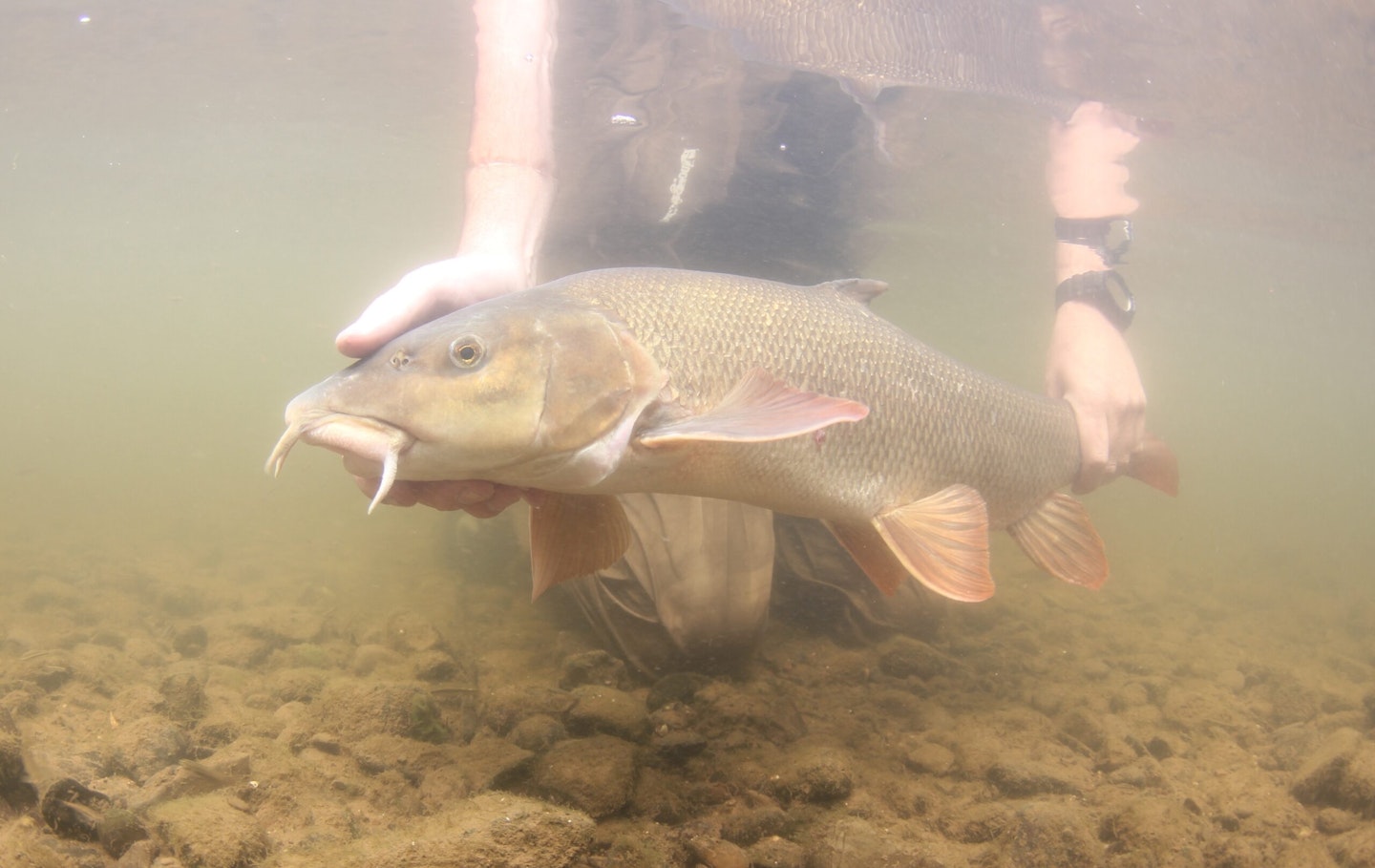
HIGH RISK
Pike
Having evolved in northerly latitudes, pike are less tolerant of high temperatures than many coarse fish. These ambush predators have evolved to sprint after their prey, and have a high proportion of white muscle tissue, which enables them to move fast, but only for short periods of time. White muscle has its distinctive colour because it contains fewer (red) blood vessels, and so is less efficient at supplying oxygen to the muscle and removing lactic acid and carbon dioxide. This can lead to tissue damage, not unlike cramp in humans, when the water temperature is high and oxygen levels are low.
LEARN HOW TO HANDLE PIKE SAFELY BY FOLLOWING THE ADVICE IN THIS ARTICLE.
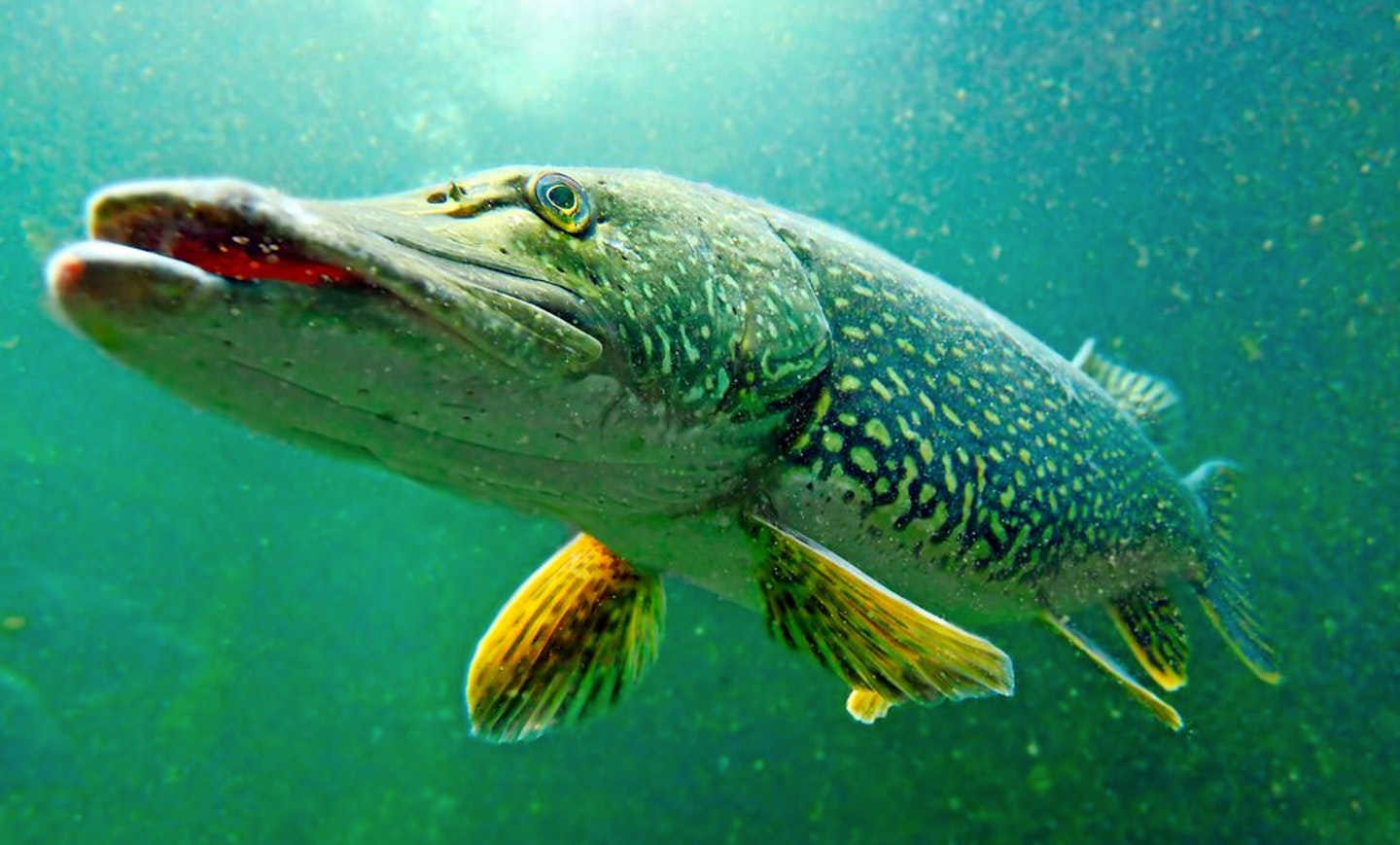
Barbel
Designed to fight the flow in medium-paced rivers, this evolutionary adaptation also means that barbel fight hard, and can be susceptible to exhaustion if played for too long when the water is warm, putting them into what’s termed ‘oxygen debt’. This can be hard for them to recover from, especially when they are already stressed by systemic pollution. Always hold/revive barbel until they are ready to swim away, no matter how long it takes!
THESE STRETCHES OF RIVER ARE GREAT FOR CATCHING BIG BARBEL.

Grayling
Grayling can be seen as the ‘canaries’ of our rivers, because they’re really susceptible to high water temperatures and pollution. They thrive in rivers with cool and stable conditions, and will soon disappear when stressed.
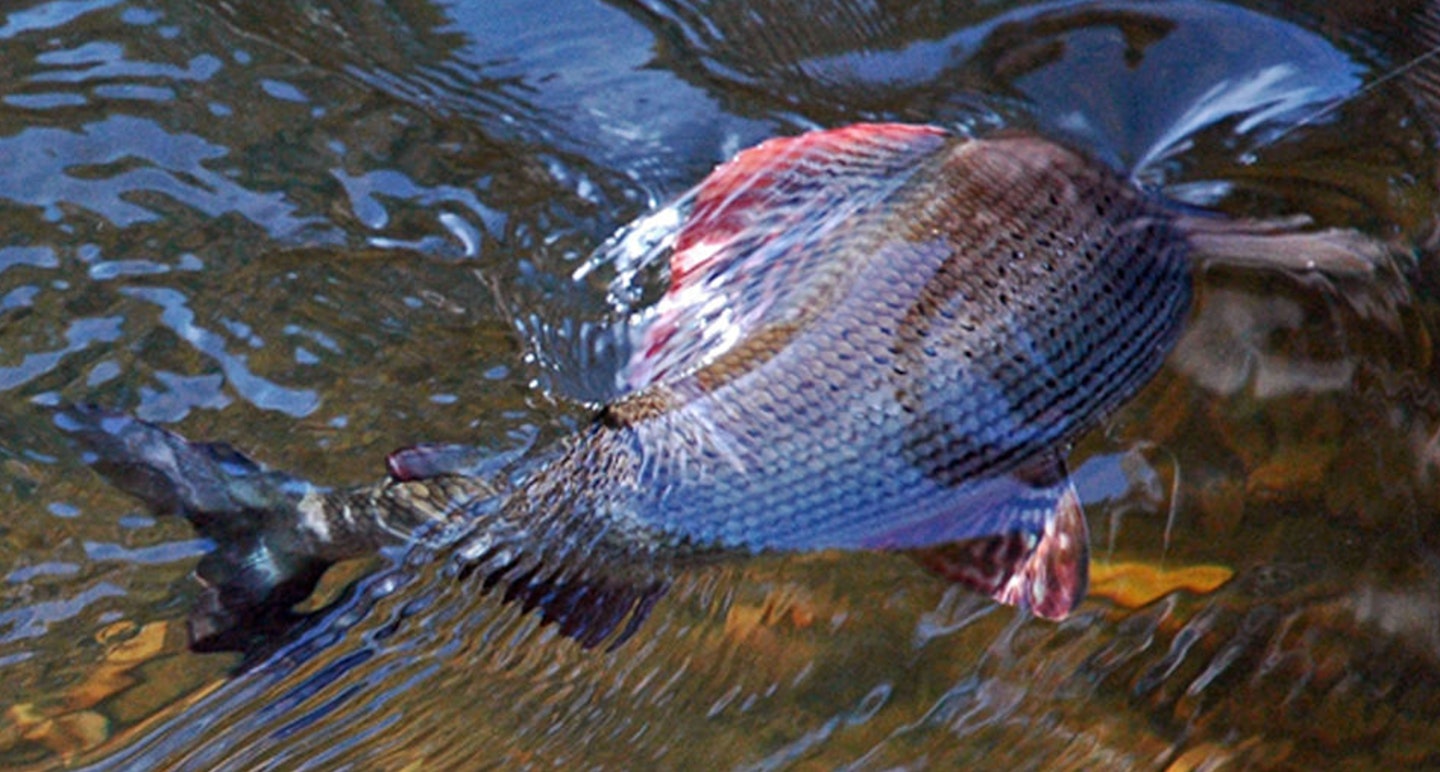
MEDIUM RISK
Chub
While they have oxygen requirements quite close to those of barbel, chub can tolerate higher temperatures a little better as they fight less hard, and so are less likely to have problems with lactic acid build-up and are less likely therefore to go into oxygen deficit.
NEW TO FISHING ON THE RIVER? HERE ARE SOME GREAT TIPS TO HELP YOU CATCH MORE.
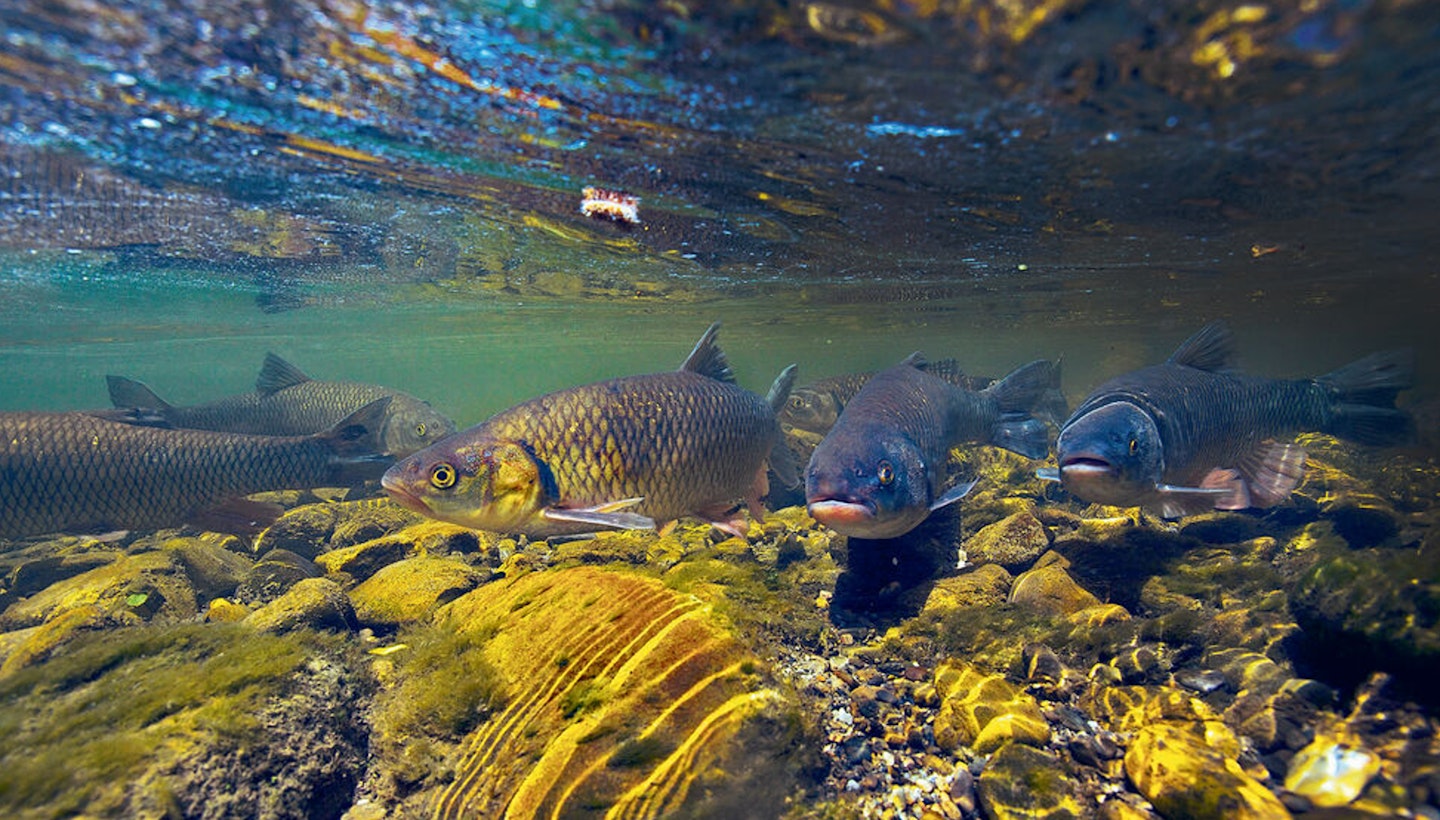
Dace, Bream, Perch, Rudd & Roach
These species have all evolved over centuries in slow-flowing rivers and lakes, so are quite tolerant of high water temperatures. None of them are particularly hard-fighting, so are unlikely to suffer from oxygen deficit while being played, but you’ll often find them gathering near the surface in lakes when temperatures are high and oxygen levels low. This should be seen by fishery owners as a sign that action needs to be taken to put oxygen back into the water, either with aerators or by other means.
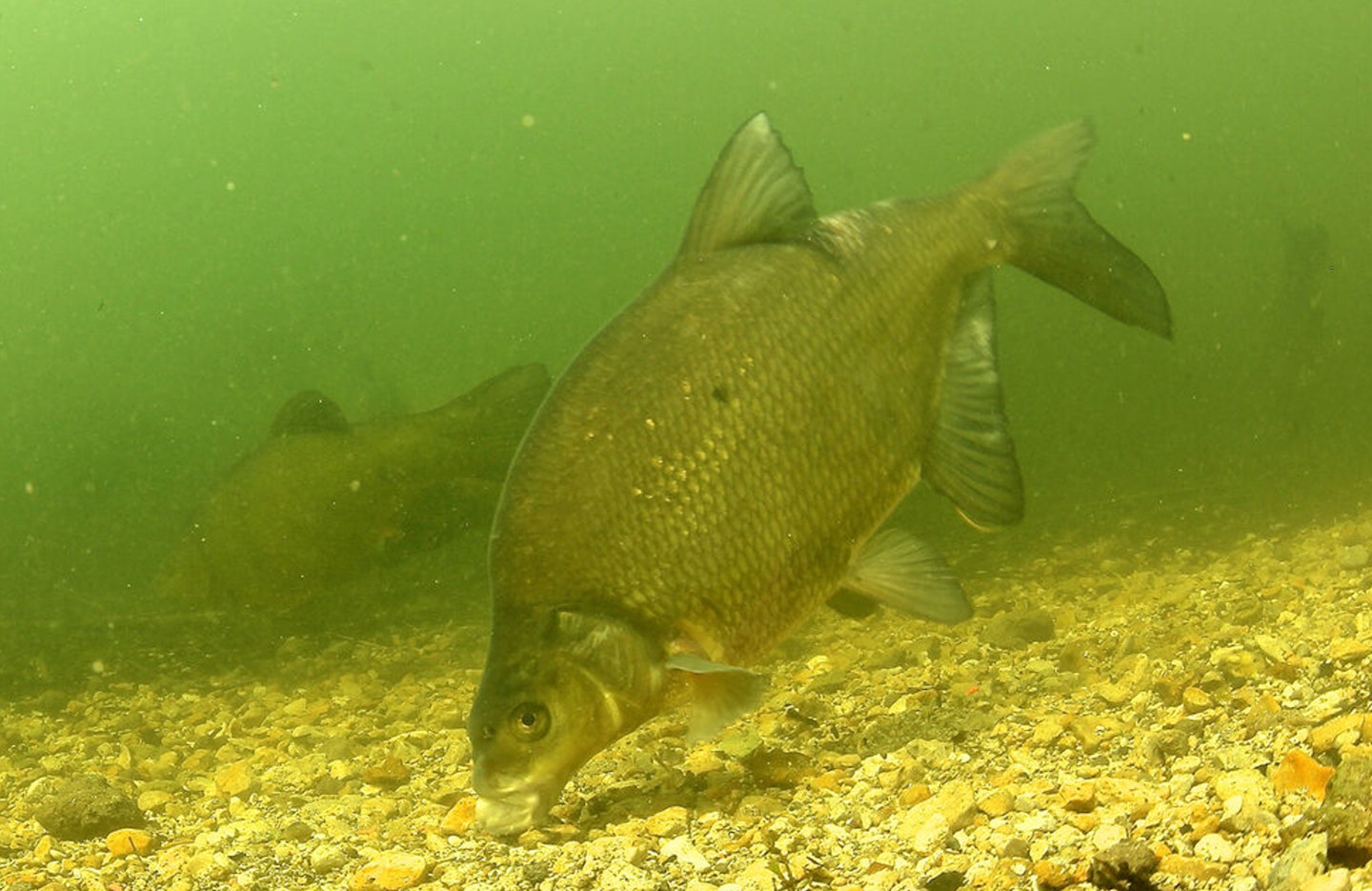
Eels
Although reasonably tolerant of high temperatures and low oxygen levels, eels are often found in weedy areas, where oxygen levels can crash, especially at night, catching the fish unawares. One of the symptoms of low oxygen in the blood is disorientation, so it’s more difficult for fish to find their way into open, deeper areas where they may be able to shelter from the oppressive conditions.

LOW RISK
Carp, Tench & Crucians
These three species are the hardiest of all our coarse fish species, mainly because they’ve evolved over time in shallow pools that were seasonally connected to big river systems, such as the Danube and Rhine, in Central Europe. Not only can the summer in those places be hotter than the ones we experience here in the UK, but shallow pools with a lot of weed growth can suffer from big swings in oxygen levels. However, over the millennia, these species have adapted to combat such extreme conditions and, although not completely immune, are more tolerant of volatile changes in water temperature and dissolved oxygen.
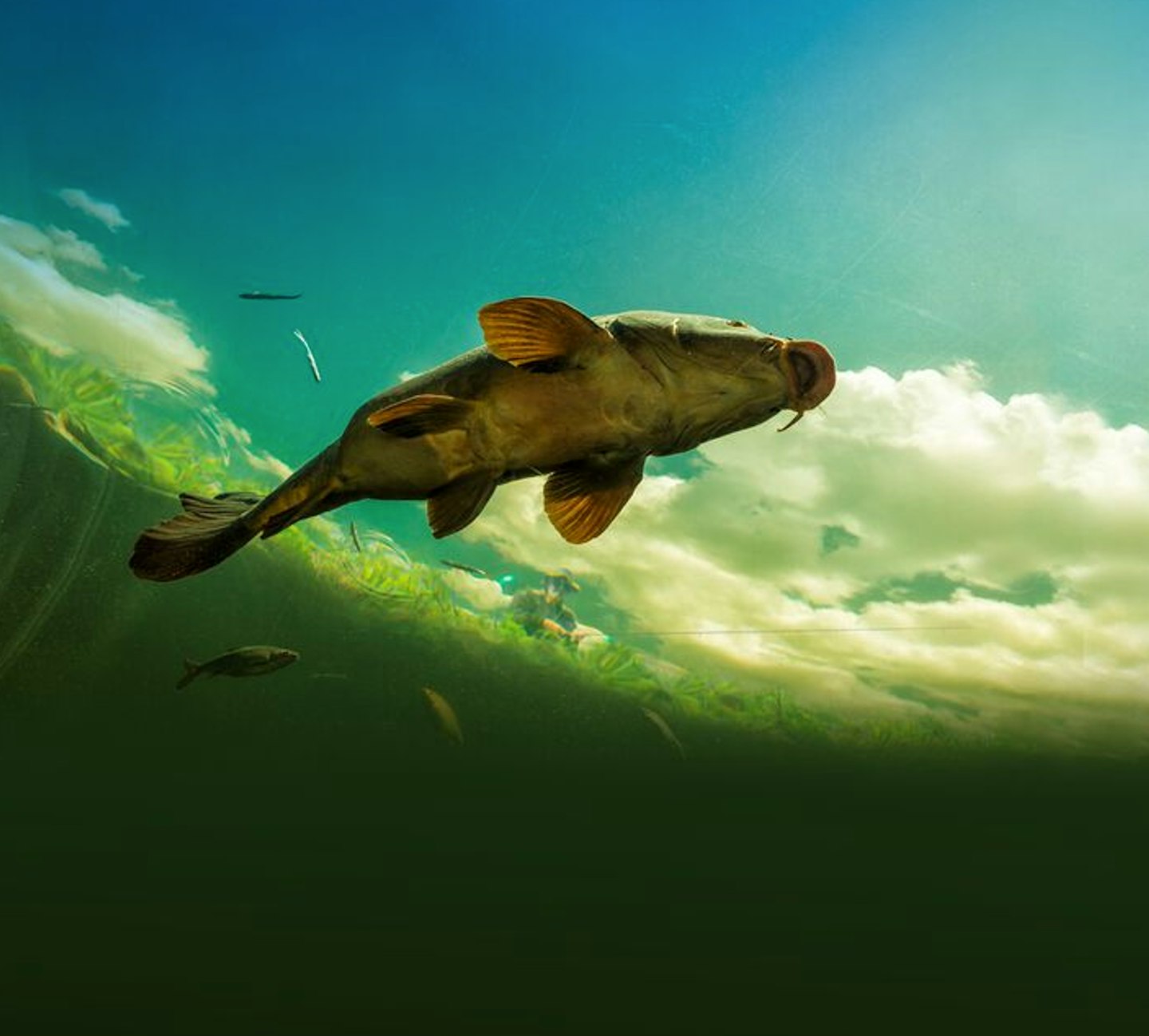
Will fish feed less in hot weather?
It’s not just fish welfare that high water temperatures can affect: their willingness to feed can also be seriously compromised.
In a cool, well-oxygenated river or lake, a fish’s metabolism will be functioning at healthy levels, which will in turn encourage it to feed well. But when the mercury soars, this equilibrium is knocked out of kilter and the fish’s appetite declines accordingly.
So, where and when should I fish?
On sunny, hot days, the fish will be looking for areas offering cool, well-oxygenated water and shade, so streamy, often shallower areas with overhanging trees and weir pools are obvious holding spots. Conversely, you should seek to avoid fishing the slow, really sluggish areas.
Fish use up oxygen when they fight, so large fish that take a long time to land will be particularly susceptible in warm water conditions. Use strong enough tackle to get the fish to the net swiftly, and then return it to the water as quickly as possible, allowing it to recover in the landing net, supported, if possible, before you do so. In a river, hold them facing upstream, allowing the water to pass over the gills to aid recovery.
Avoid using keepnets, particularly on lakes and rivers with low flows.
Any signs of dead or distressed fish should be reported to the 24-hour Environment Agency incident Hotline number on 0800 807060.
